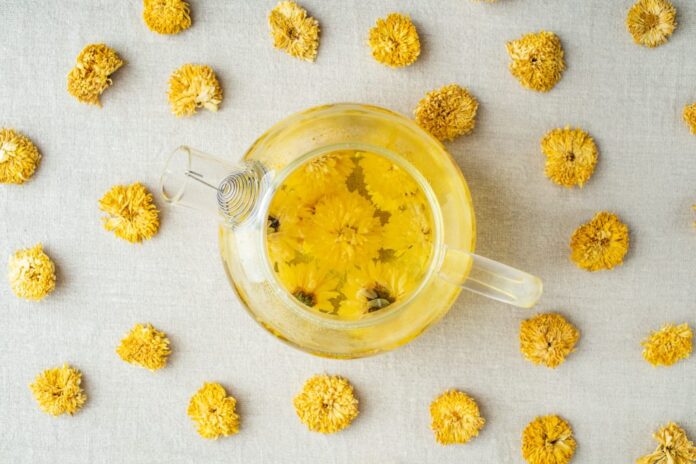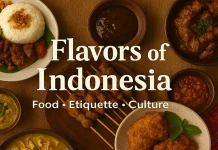Flowers have been accenting world cuisines for thousands of years, dating back to the use of chrysanthemums by the ancient Chinese.
With more than 100 types of garden flowers being listed as edible, you may even be growing an edible yourself. They really do lift a dish visually, giving it a certain delicacy and beauty that only a delicate blossom can deliver.
Whether steeped in nourishing teas or used to fragrance curries, blooms of all colours, shapes and sizes are essential in the Asian kitchen.
Indonesia, a land of vibrant flavors and rich culinary traditions, embraces the beauty and flavors of edible flowers in its diverse array of dishes and beverages. Prepare to embark on a tantalizing journey through the fragrant petals and delicate blossoms that grace Indonesian cuisine.
Here are 7 enchanting edible flowers found in this tropical paradise:
1. Torch Ginger (Etlingera elatior):
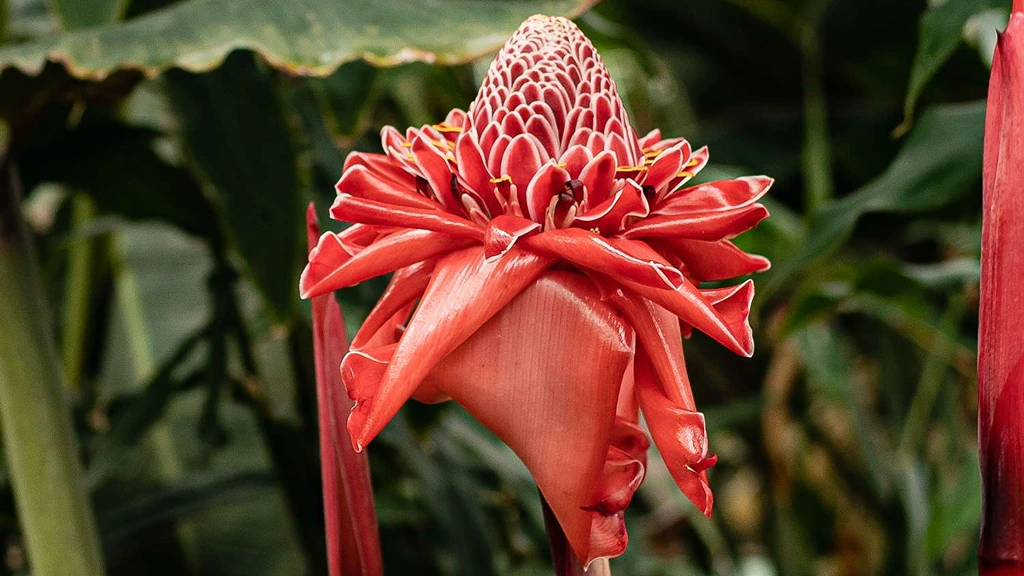 Prepare to be captivated by the allure of “bunga kecombrang”, the torch ginger flower. Its fiery red hue and striking appearance make it a visual feast. This majestic flower adds a burst of tangy and zesty flavors to traditional Indonesian dishes like rendang, sambal, and sayur asam, transporting your taste buds to new heights.
Prepare to be captivated by the allure of “bunga kecombrang”, the torch ginger flower. Its fiery red hue and striking appearance make it a visual feast. This majestic flower adds a burst of tangy and zesty flavors to traditional Indonesian dishes like rendang, sambal, and sayur asam, transporting your taste buds to new heights.
2. Jasmine (Jasminum sambac):
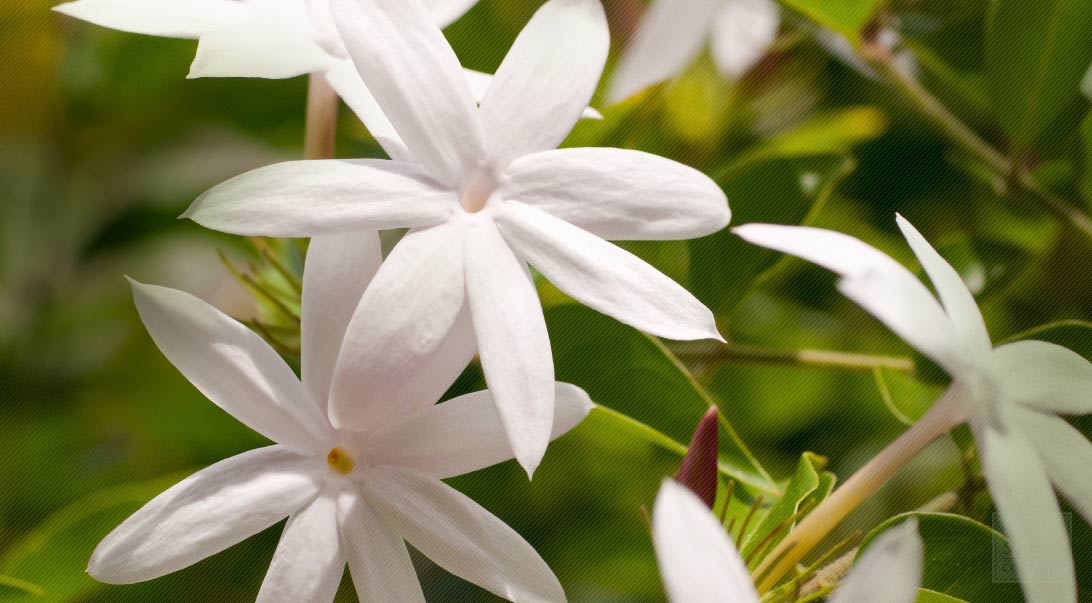 In Indonesia, the intoxicating aroma of jasmine flowers, or “bunga melati”, weaves its way into the fabric of daily life. These delicate white blossoms infuse teas, syrups, and desserts with their sweet and floral essence, inviting you to savor moments of tranquility and indulge in the pleasures of the senses.
In Indonesia, the intoxicating aroma of jasmine flowers, or “bunga melati”, weaves its way into the fabric of daily life. These delicate white blossoms infuse teas, syrups, and desserts with their sweet and floral essence, inviting you to savor moments of tranquility and indulge in the pleasures of the senses.
3. Kaffir Lime (Citrus hystrix):
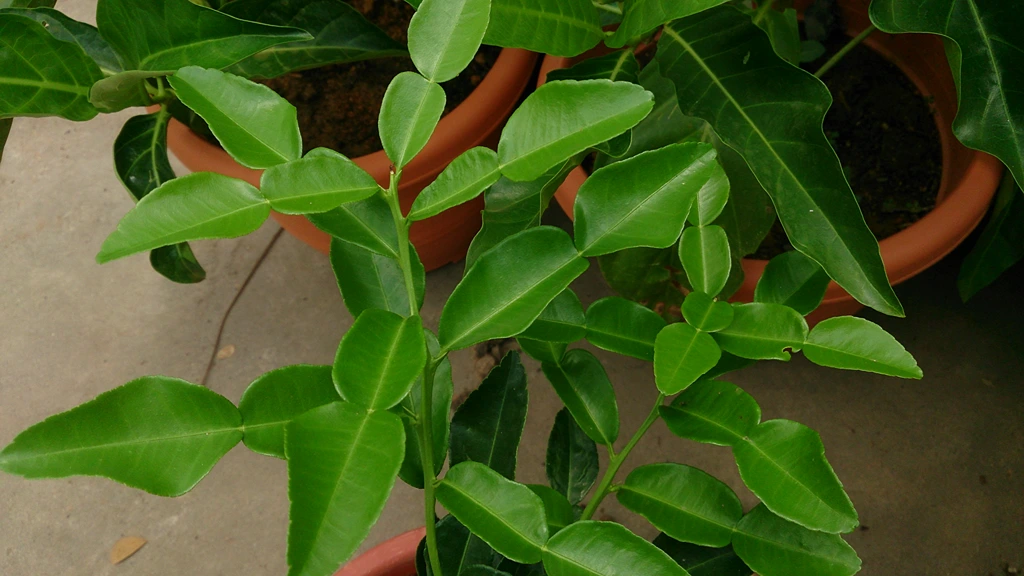
The tantalizing fragrance of kaffir lime permeates the air, heralding the presence of its leaves and blossoms. Known as “daun jeruk purut” and “bunga jeruk purut” respectively, these citrus delights impart a refreshing and zesty aroma to Indonesian cuisine. Their exotic flavor dances through curries, soups, and the iconic soto ayam, infusing every spoonful with vibrant zest.
4. Rosella (Hibiscus sabdariffa):
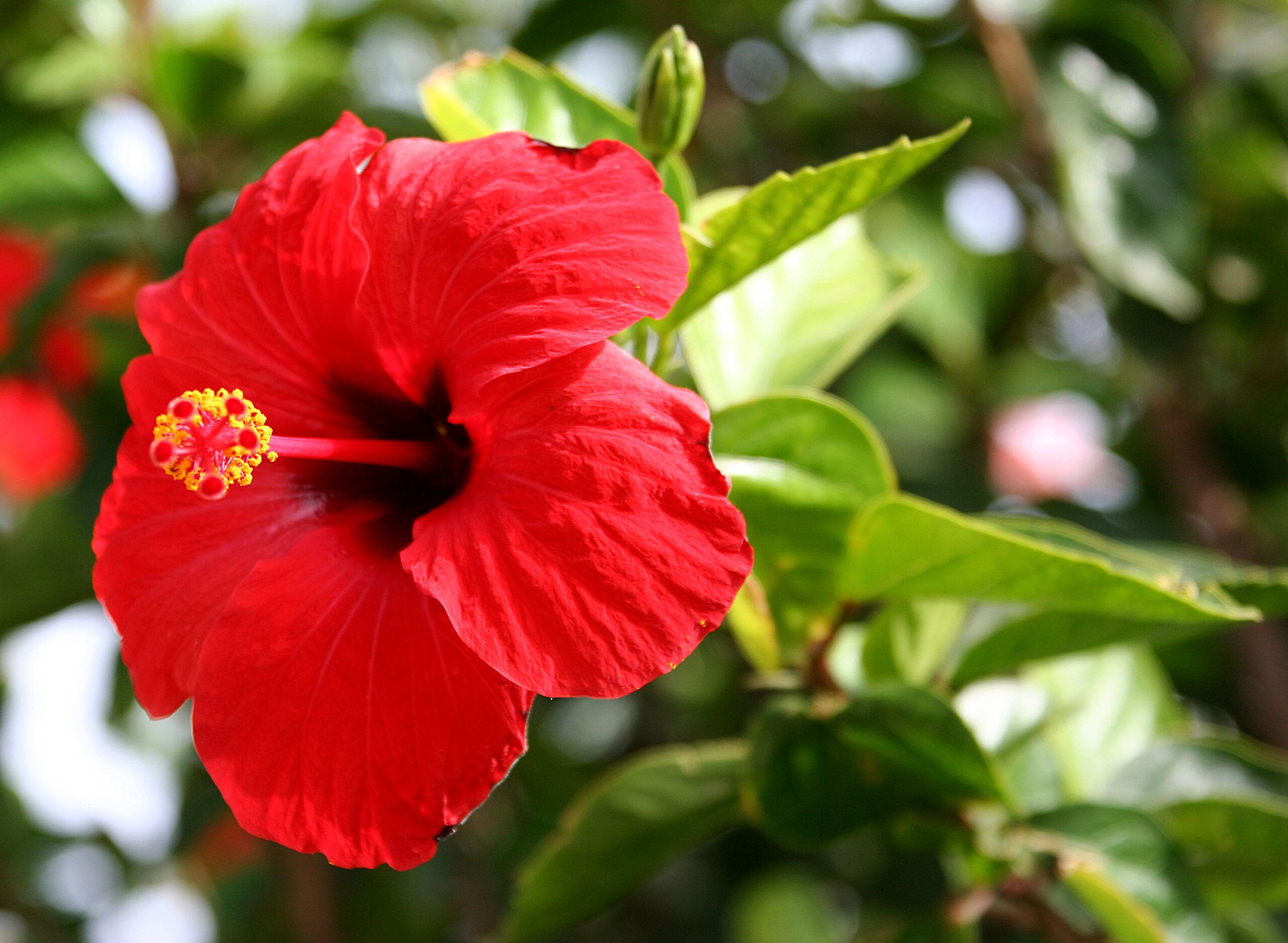 Let the ruby-red allure of “bunga sepatu” or “bunga rosella” tempt your taste buds. The vibrant petals of the rosella flower are transformed into a tart and invigorating herbal tea known as “wedang rosella.” Indulge in the tangy notes that awaken your senses and discover their versatility in jams, syrups, and desserts, adding a tantalizing twist to your culinary adventures.
Let the ruby-red allure of “bunga sepatu” or “bunga rosella” tempt your taste buds. The vibrant petals of the rosella flower are transformed into a tart and invigorating herbal tea known as “wedang rosella.” Indulge in the tangy notes that awaken your senses and discover their versatility in jams, syrups, and desserts, adding a tantalizing twist to your culinary adventures.
5. Banana Blossom (Musa sapientum):
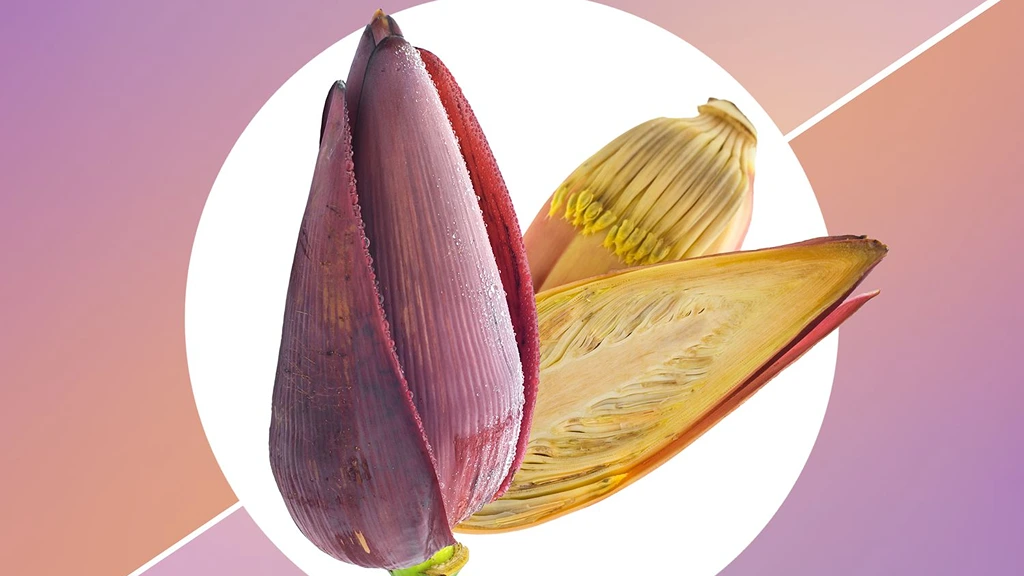
Prepare to be mesmerized by the sheer magnificence of the “jantung pisang” or “bunga pisang,” the majestic blossom of the banana tree. This regal flower graces Indonesian cuisine with its purple allure, revealing layers of tender petals that bring a delightful crunch to salads, curries, and stir-fries. Let its subtle sweetness and earthy essence transport you to the lush landscapes of the archipelago.
6. Asian Pigeonwings (Clitoria ternatea):
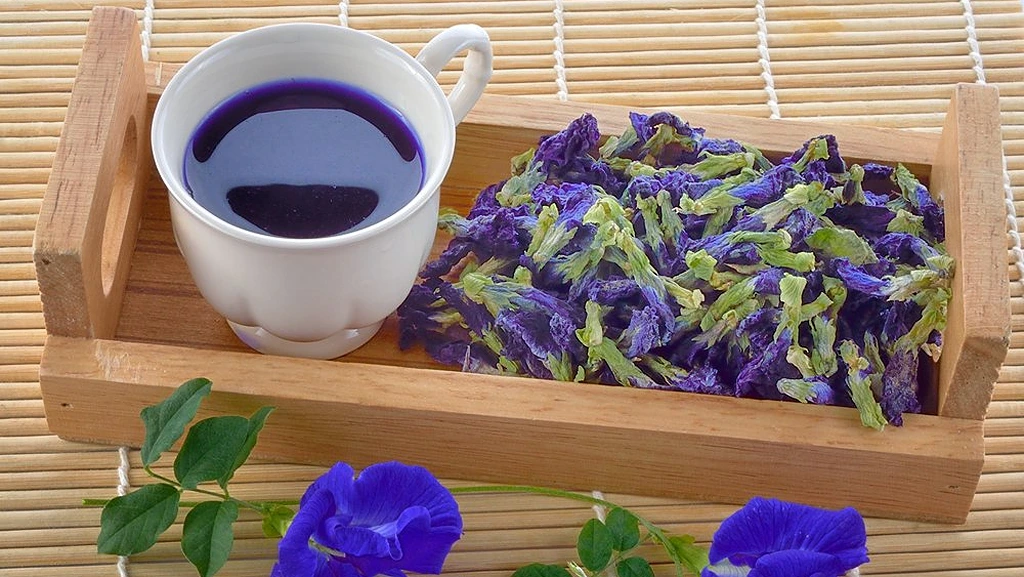 The sky-blue petals of “bunga telang” add a captivating touch to Indonesian beverages. Savor the cool and refreshing sips of “jamu” or “es biru,” where the Asian pigeonwings flower creates a mesmerizing blue hue, inviting you to indulge in a truly enchanting sensory experience.
The sky-blue petals of “bunga telang” add a captivating touch to Indonesian beverages. Savor the cool and refreshing sips of “jamu” or “es biru,” where the Asian pigeonwings flower creates a mesmerizing blue hue, inviting you to indulge in a truly enchanting sensory experience.
7. Sesbania Flower (Sesbania grandiflora):
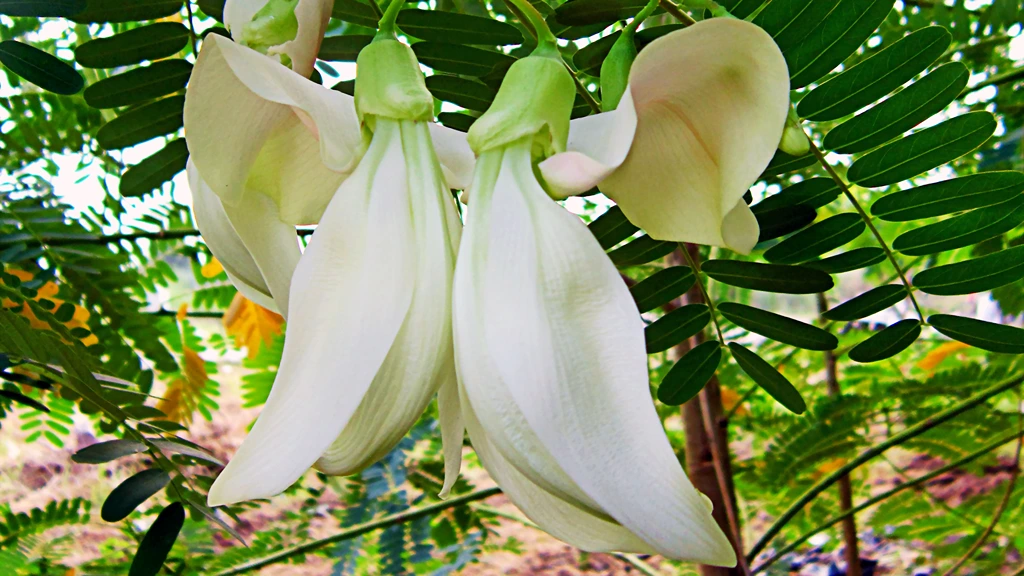 Enter the world of “bunga turi,” the edible flower of the sesbania tree. With its subtle sweetness and delightful crunch, it finds its place in Indonesian vegetable stir-fries and soul-warming soups. Let each bite carry you on a gustatory adventure, exploring the intricate balance of flavors that Indonesian cuisine is renowned for.
Enter the world of “bunga turi,” the edible flower of the sesbania tree. With its subtle sweetness and delightful crunch, it finds its place in Indonesian vegetable stir-fries and soul-warming soups. Let each bite carry you on a gustatory adventure, exploring the intricate balance of flavors that Indonesian cuisine is renowned for.
Indonesia’s culinary landscape comes alive with the vibrant colors, tantalizing aromas, and delicate flavors of these edible flowers. Immerse yourself in this symphony of petals and embark on a culinary adventure that merges the artistry of nature with the rich tapestry of Indonesian gastronomy.


